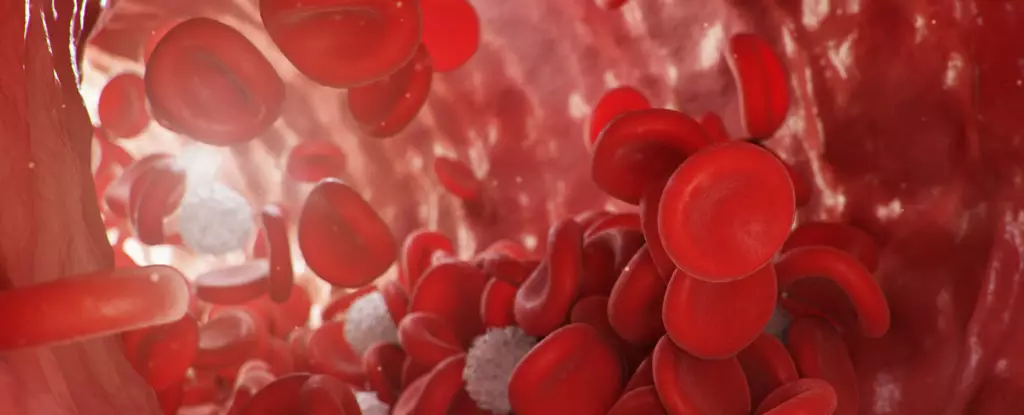Recent research has shed light on the possibility of using minute differences in specific blood protein levels as potential early warning signs for dementia. This discovery has significant implications for the screening of individuals at high risk for dementia and for implementing early interventions to slow down the progression of the disease. With dementia rates on the rise globally and no available cure, an early warning system could provide valuable time to manage the condition for the millions of people who will be affected in the future.
A study conducted by Fudan University neurologist Yu Guo and their team involved analyzing 1,463 types of plasma proteins in blood samples from 52,645 adults without a dementia diagnosis. Over a 14-year period, the study identified common changes in the blood serum of 1,417 patients who later developed various types of dementia, including Alzheimer’s disease. The concentrations of four specific proteins, namely glial fibrillary acidic protein (GFAP), neurofilament light polypeptide (NEFL), growth/differentiation factor 15 (GDF15), and latent-transforming growth factor beta-binding protein 2 (LTBP2), were consistently altered in the plasma of individuals who eventually received a dementia diagnosis.
Potential Reasons for Link to Dementia
The presence of these specific proteins in the bloodstream is believed to be linked to dementia due to factors such as blood-brain barrier dysfunction, inflammation, nerve death, or damage. Higher levels of GFAP, in particular, were associated with a 2.32 times increased risk of developing dementia. Previous smaller studies have also identified plasma proteins as potential biomarkers for dementia risk. However, these studies often compared individuals with and without dementia, failing to detect changes that occur before the onset of symptoms or to pinpoint the most predictive biomarkers.
By utilizing large-scale and long-term data, the study by Yu Guo and team was able to overcome these limitations and provide valuable insights. GFAP and LTBP2 were identified as highly specific for predicting dementia, with changes in their levels detected up to a decade before the onset of clear symptoms. Combining GFAP levels with basic demographic information enabled accurate predictions for dementia, even years before an official diagnosis. This approach could potentially allow for proactive interventions, such as dietary changes, physical activity, and mental stimulation, to slow down the progression of dementia and prepare individuals and families for the future challenges ahead.
The study on blood protein levels as early warning signs for dementia represents a significant advancement in the field of dementia research. The identification of specific proteins in the bloodstream that are associated with an increased risk of dementia could revolutionize the way we approach screening, diagnosis, and intervention for this debilitating condition. Further research and validation of these findings are crucial to unlocking the full potential of using blood protein levels as a predictive tool for dementia.


Leave a Reply